The kitchen herb garden is an important design element in the castle park and serves as a display and tasting garden for guests. Occasionally the chef personally harvests the produce, which then benefits our guests. The focus is on illustrating diversity and planting unusual but also well-known culinary herbs such as parsley, chives, marjoram and fennel.
The kitchen herb garden is delimited by a hornbeam hedge and underlines the formal structure of the herb garden. Playful and structural elements such as the hornbeam hedge cut into an arch shape and the pyramid-shaped trellises made of hazelnut wood play with the architecture of the surrounding structures/buildings and give the herb garden a historical appearance. The more unusual plants include trees and herbs such as laurel, lemon stem, pineapple sage and lemon verbena. But there are also special scented pelargoniums that exude very different smells in the wind, rain or when touched, from the scent of roses to cola to lemon aroma.
TIP: Scented pelargoniums can also be used in the kitchen. The orange-scented pelargonium or the lemon-scented pelargonium taste good in salads or flavor water, for example. Just the thing on hot summer days.
Herbs and their uses
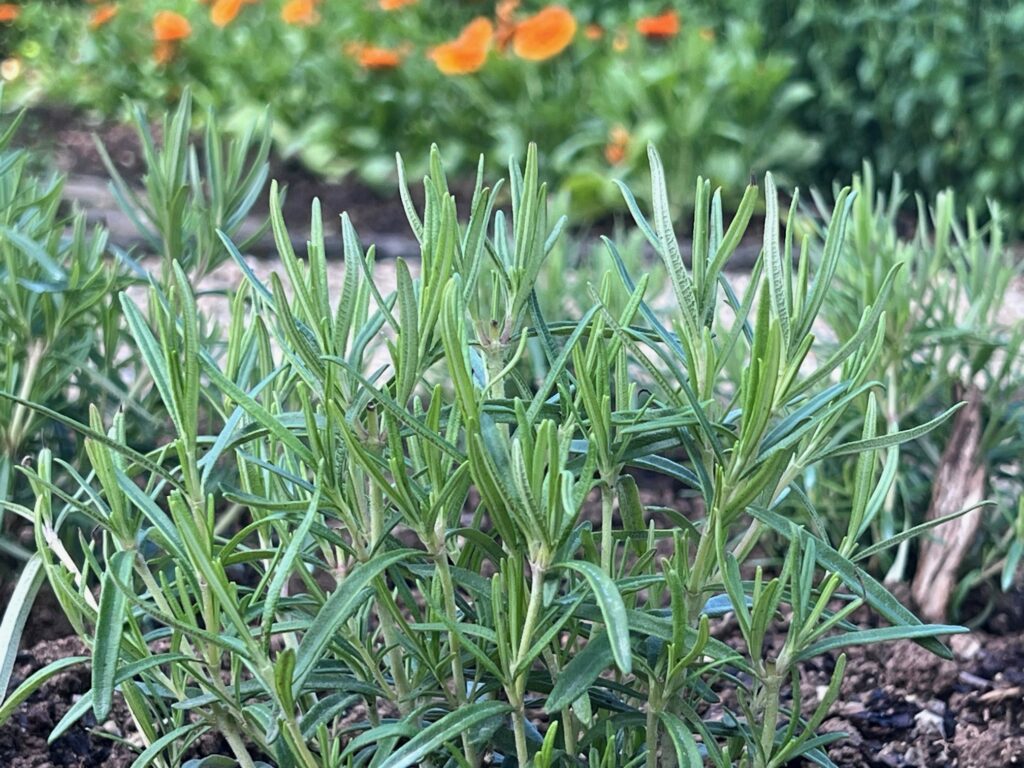
Rosemary is one of the heat-loving plants and was originally used not only as a spice, but also for cultural ceremonies and as a medicinal plant.
Origin: Botanically, rosemary belongs to the mint family (Lamiaceae) and originally comes from the Mediterranean region.
Location: Rosemary prefers a sunny and warm location. The garden soil should be dry and permeable. Heavy, more clayey soils should be loosened and improved with sand and gravel. Waterlogged soils are not tolerated.
Use: Rosemary is ideal for seasoning various dishes, such as meat dishes and root vegetables.
Rosemary also contains a good portion of essential oils such as borneol, pinene and cineole, as well as phenolic compounds such as rosmarinic acid, carnolic acid and some flavonoids. But it is also rich in iron, calcium and vitamin B6. Rosemary has a reputation for improving memory and aids in the digestion of starchy foods and vegetables.
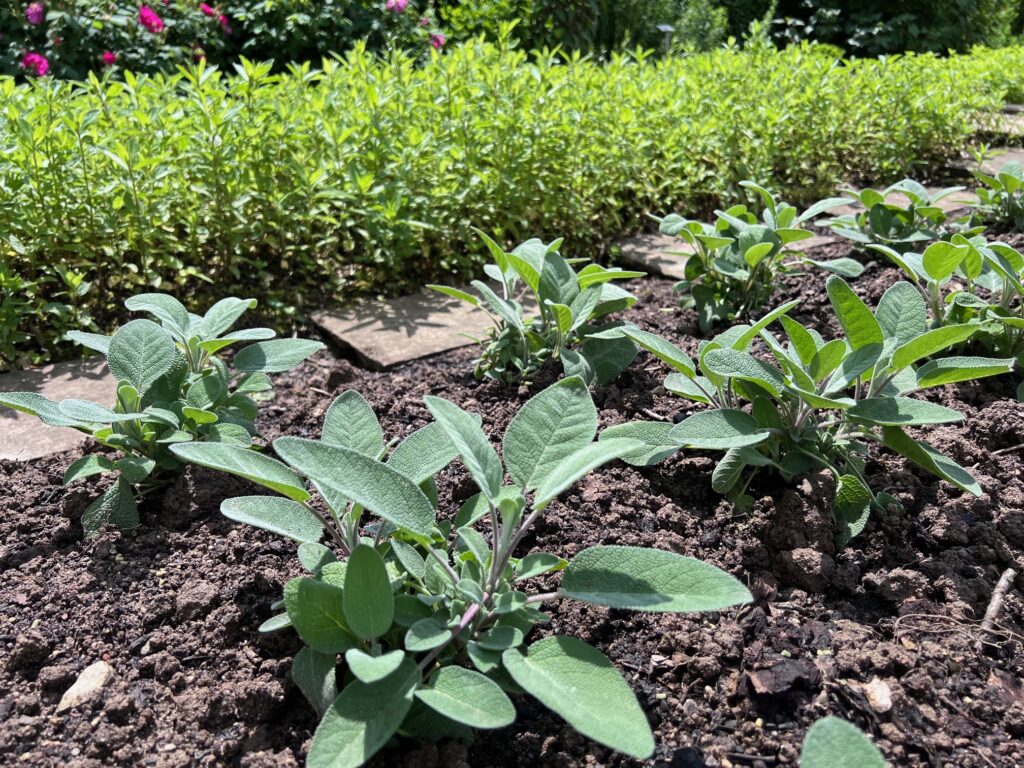
Real sage is one of the heat-loving plants and has spread throughout Europe as a cultivated plant.
Origin: The evergreen spice and medicinal plant botanically belongs to the mint family (Lamiaceae) and originally comes from the Mediterranean region.
Location: The common sage grows as a subshrub and can reach a height of 80 cm. Sage prefers a place in full sun and on poor, calcareous soil with a high sand content. Like all Mediterranean herbs, it cannot tolerate waterlogging. However, it tolerates long dry periods quite well.
Use: Sage is ideal for meat and Mediterranean dishes as well as for sauces or for refining oils. The flowers are also tasty and are suitable as edible decorations. Sage as a tea helps with stomach and intestinal problems but also with internal inflammation in the mouth and throat.
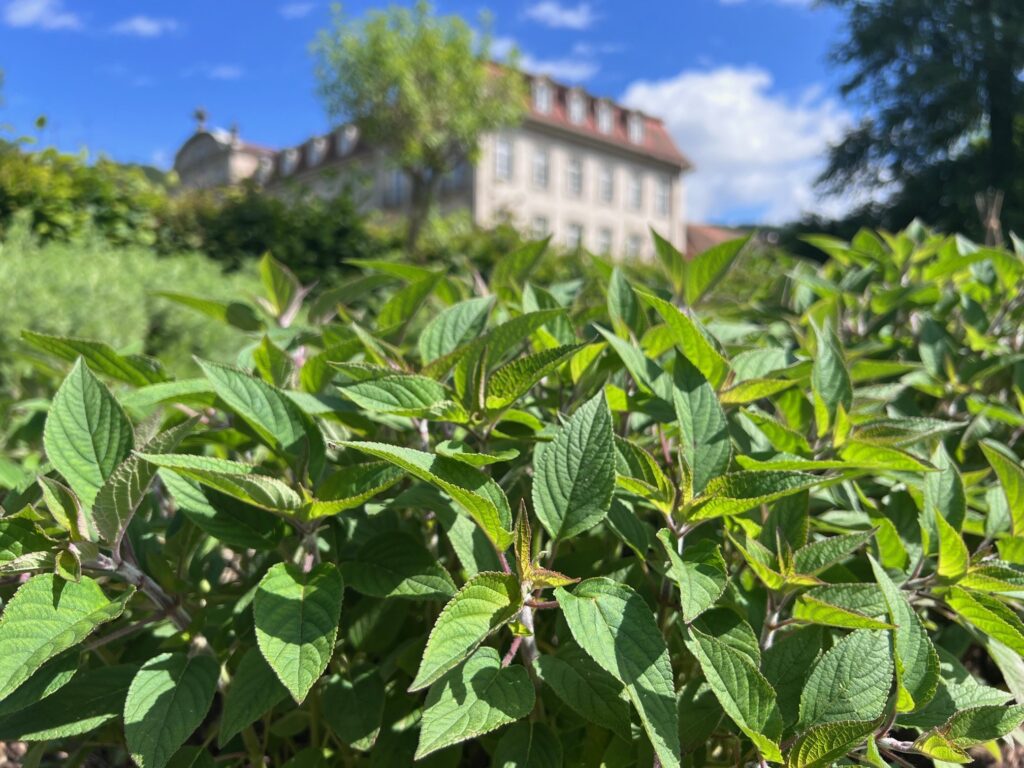
Pineapple sage is a perennial, but not hardy, dwarf shrub. This means that in our latitudes it has to be placed inside the house in a cool and bright place in winter.
Origin: The dwarf shrub originally comes from Mexico and Guatemala and is botanically one of the mint family (Lamiaceae).
Location: Planted in the garden, it can grow up to one meter tall. Pineapple sage requires a warm and dry location. Waterlogging is not tolerated. Watering is required during long dry periods.
Use: The exotic taste of the flowers and leaves goes well with refining quark and sweet dishes or with Asian meat dishes. Pineapple sage can also be used as a tea for colds or dried in scented sachets. As a tea, it promotes expectoration, expectorates and relieves coughs.
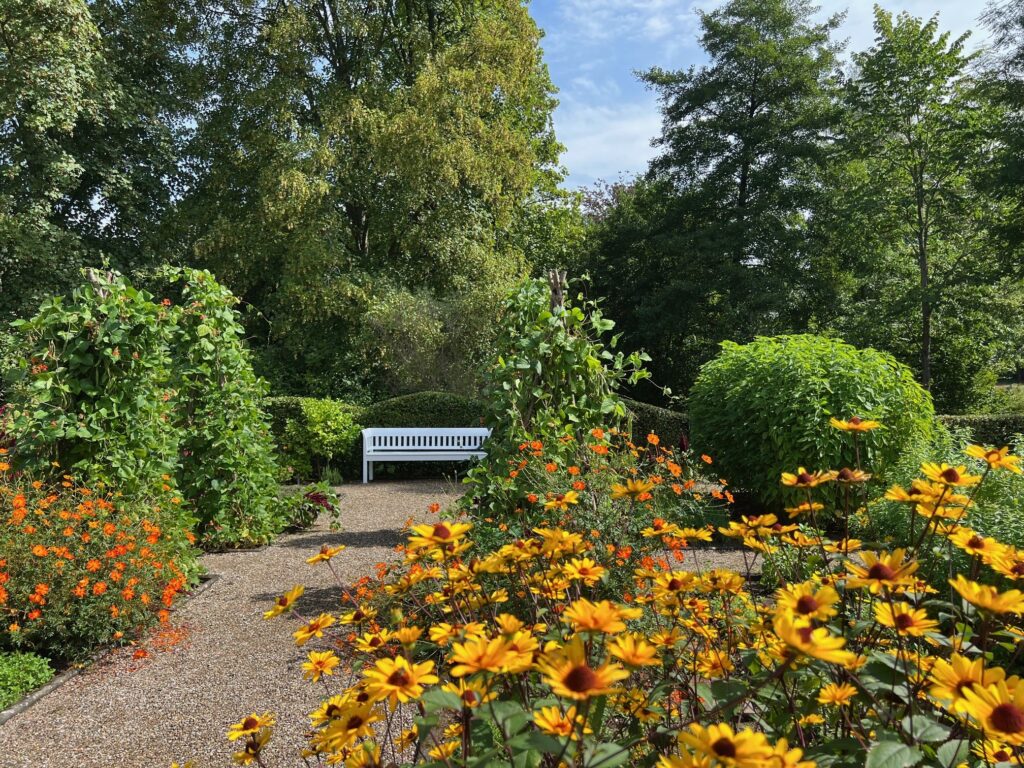
The pimpinelle is one of the lesser-known garden herbs. It is one of the main components of the Frankfurt green sauce.
Origin: The small meadow button belongs to the rose family (Rosaceae) and originally comes from southern and central Europe.
Location: The meadow button prefers a sunny, calcareous and loose soil. Nutrient-poor clay soils are advantageous due to their high water storage capacity. In its natural habitat it occurs in lowlands as well as in mid-mountains and prefers poor and nutrient-poor soils.
Use: Both leaves and flowers of the Pimpinelle are safe to eat. The taste is spicy and nutty and is reminiscent of cucumbers. Flowers and leaves can be used in smoothies, salads, marinades or in the famous Frankfurt green sauce. The Pimpinelle is also well suited for fish and poultry dishes. Dried, the leaves can be used as tea. It is better to freeze the freshly harvested leaves, finely chopped, in a suitable container. This means the taste lasts up to a year.
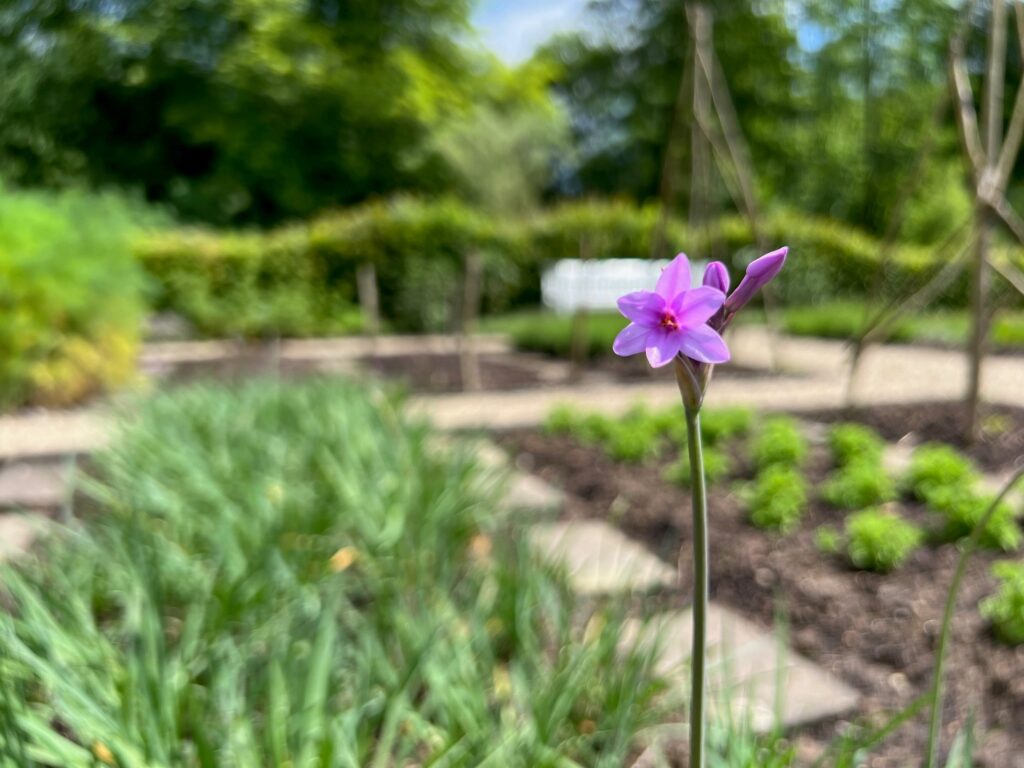
South Sea garlic is one of the plants that is rarely found in the herb garden. It is an easy-care alternative to garlic for garlic lovers.
Origin: South Sea garlic, also known as garlic cape lily, belongs to the allium family (Alliaceae), originally comes from South Africa and has a fine garlic taste.
Location: South Sea garlic prefers a sunny location with permeable and structurally stable soil. Due to its origins, it is only partially hardy. Short-term minus temperatures of -2°C are tolerated. The plant is best overwintered indoors. Here it is one of the few plants that does not get aphids on the windowsill even in winter. In summer it is spurned by snails.
Use: Flowers and leaves are edible and, like chives, can be used in salads, in soups and vegetables, with fish and meat or simply on bread and butter.
Do you have any questions, are you planning a visit or are you interested in one of our offers?
Don´t hesitate to contact us.




